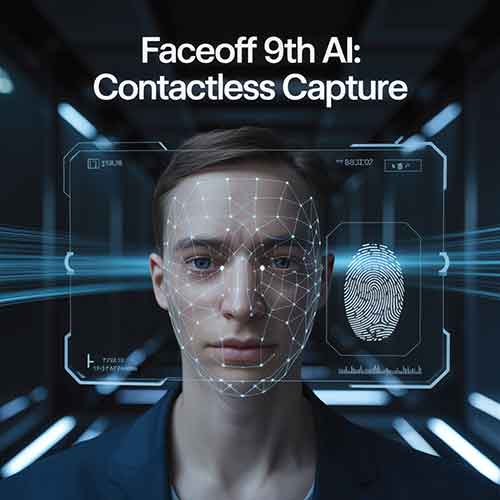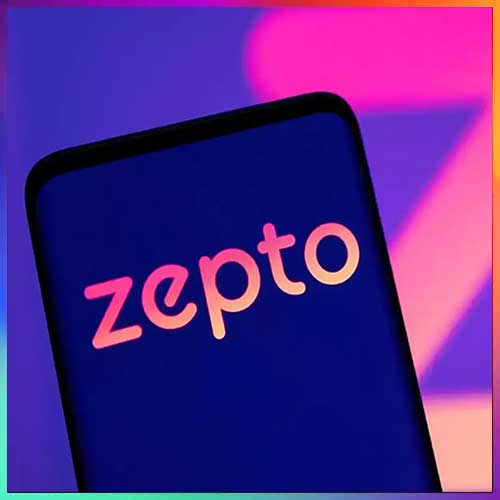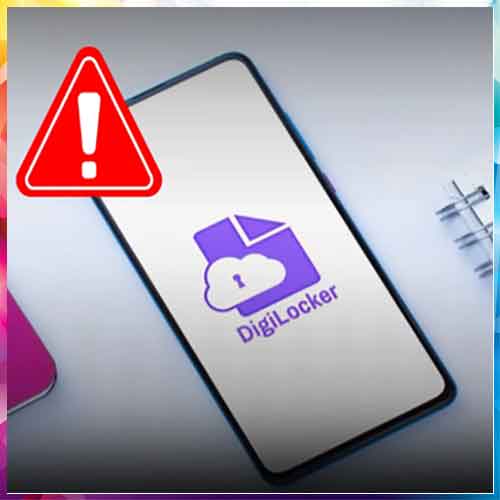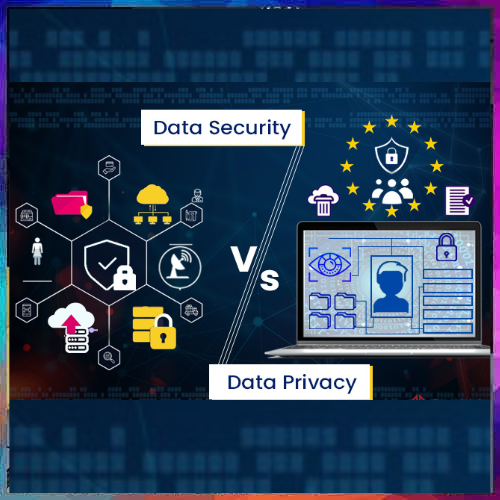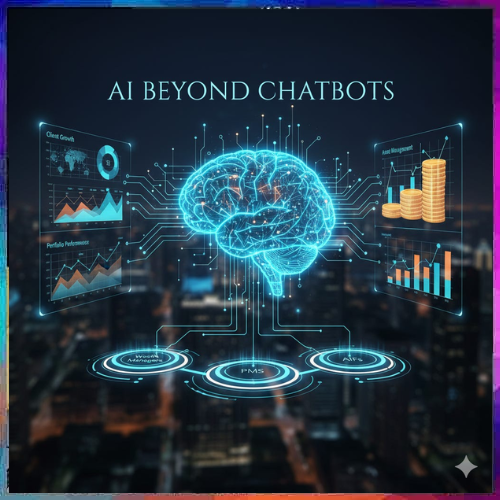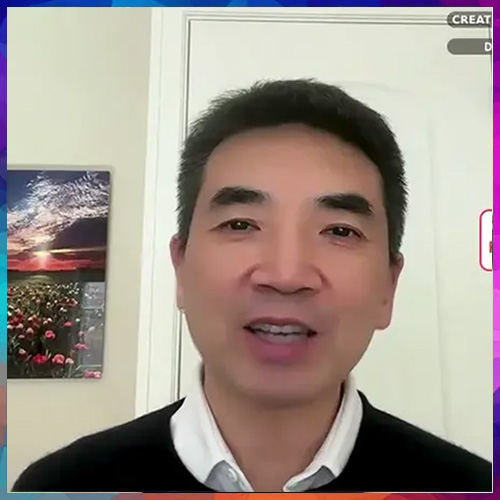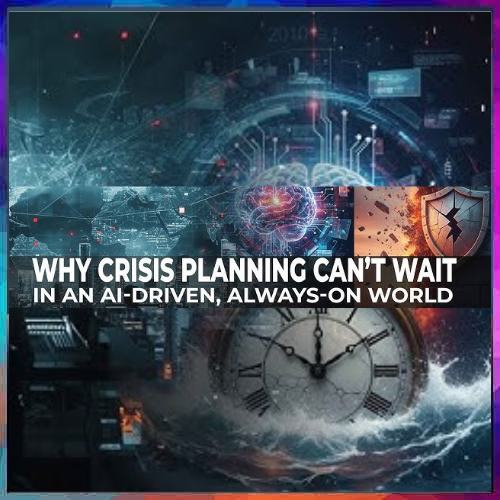Is Mindful Organization Customer Centric?
2016-12-09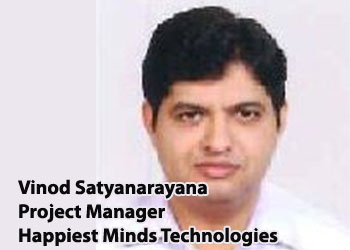
"A mindful company is the one that offers the individuals, an environment to live in the moment and perform with a purpose; its customer, a trustworthy partnership that understands priorities and concerns; and the community, contributions as an empathetic corporate citizen." - The Happiest Minds-Mindful Manifesto.
Mindfulness has moved from eastern spirituality or philosophy into an organizational setting. Mindfulness is associated with people’s increased ability to focus their attention in a dynamic, task-focused way which results in higher level functioning. Every IT organization strives to have a long list of clients- big or small and long term relationships which are often termed as partnerships. Over the years, for a company, ITwhichwas support function has evolved itself into IT as a core strategy. Big companies spend almost 20-30% on IT and in return, demand products and services best in class and exceeding the expectation which is a differentiator in the industry. Last two decades has been an evolution of IT from mere information system into the customer experience. Products are evolved into business suites and pay-per-use instead from traditional pay and own with the popularization of cloud based solutions (PAAS, SAAS and IAAS). Companies understood that upgrades and maintenance are not its core activities and migrate to cloud based wherever they can. Outsourcing was considered a way to go as it provided cost advantage with quality,however, all vendors now have same quality standards and at almost same price. So IT services have become a commodity. Generally, Companies hire 3rd party agencies to do vendor analysis and selection. Open source technologies are extremely popular and customers are open and in favor of it. Hence with so much evolution in technology, IT standards, customer assessment,it is kind of impossible for service companies to ignore customer needs/wants but what they perceive that they need. How can we make an IT organization mindful of customer needs both tangible and intangible and have employees perform work with a purpose to cater to the needs and wants of a customer?
Who is a customer? Is it the CTO of a company or IT Manager or people who are using IT? How is ROI calculated on the investment on IT? Is it financial efficiency, operational efficiency and/or effectiveness? ROI should be calculated based on the evaluation of end-user. Customers are people who are ultimate beneficiaries of IT systems. The real differentiator is how every employee from top executives to lowest competency employee is mindfultowards a customer.
The Mindful organization has multiple dimensions. This includes, but not limited to
1. Customer centric values and visions.
2. Company Culture that encourages rich thinking and a capacity for action.
3. Employee motivation and behavior
4. Leadership competency
Values and Vision:
We all know that a company exists to provide value to customers through its products or services. However, research suggests that there is “no common definition of customer centricity” and though value statement should be straight forward, sometimesit fail to make every individual connect to it as company culture and leadership might not be aligned to the visions and values. Customer centric values and mindful environment are beliefs that guide employees’ preference during courses of action in a variety of situations. Values should be crystal clear and should always communicate the message of organization and customer centric all the time and especially during adversity. Values also should indicate employees are internal customers for an organization and organization should clearly communicate employees are equally important as to customers in an organization. Every employee brings in his or her own flavor of values, attitudes and beliefs toan organizationand would expect the organization to mould it so that it shapes their future. The vision statement should inspire, motivate, and align employees towards a common goal.
Customer Centric and Mindful Culture:
Here is the list of attributes that a Client centric organization should have
1. Listen: Listen to client needs and wants. The trend nowadays is of customer experience and delight than customer satisfaction. The customers can be delighted by giving them more than they expectand thenhe believes that value provided is greater than the cost incurred for him.
2. Live in the moment involves perceiving immersively, processing non-judgmentally and performing empathetically. There are set of practices like Yoga an organization can perform to have it employees to be mindful.
3. Empowerment: Empower your client facing personnel/team to take decisions and it gives them the confidence to act and deliver on their own. Empowerment to team means they are committed towards customer goals and they are not bound by management actions, hence they would honor their commitment.
4. Integrity: Integrity is as simple as do what was promised and act responsibly. The business relation is built on trust. The relationship can be Employee – Employer or Company – Client or Company - Consumer. We often see sales team over commit and delivery team has to suffer and business is built on reputation. So it is of utmost important that every employee know the organization’s capabilities, capacity and process to take informed decisions and give commitments on behalf of the organization.
5. Double Loop Learning: Chris Argyris introduced the concept of double loop learning, where setting the goal is single loop learning and refining it based on the customer feedback is double loop learning. So it is the core of customer centric culture to incorporate feedbacks, the voice of the customer in every process we do and continuously improve the value we provide.
6. KPIs along customer satisfaction:As Peter Drucker said, “What cannot be measured cannot be managed” so measurement systems should set to measure both internal customer attitude, commitment, and belief towards customer and organizations also have metrics in place to measure voice of the customer. Create an environment where employees are allowed to make mistakes and also set reward and recognition for excellent customer focus and incremental success. Strive to make continuous learning part of a measurement system for employees. KPIs are more than engineering or financial metrics, so it should focus on what promises are made to the customer and what customers are willing to pay for.
7. Know Customer Business and Innovation: Often customers say to see their big picture and where they stand and where they want to be but often we offer range of services or products which we think this is the best that what we could offer them. This strategy is good unless companies want to be in a “preferred partner” list. Know your customer industry, offerings, market valuation, competition, competition offerings, innovation in the similar industry, etc. Be in a consultative mode with the customer. They do want companies to approach them with new ideas, process or product innovation. Innovation can be disruptive or can be simple incremental improvements.
8. Delivery Excellence: Customer expects delivery of product or services faster, better and efficient every time. With the advent of Agile, CMMi, LEAN, Six Sigma, Process improvements, and standardizations across IT companies, it is natural for customers to expect efficient delivery with low defects and faster pace. Go-To-Market timing and ROI is a key differentiator with the customers and key stake holders at clients’ place.
9. Demonstrate Thought Leadership: Customer hires companies based on their thought leadership in the market. Though leadership comes from the experience of the employees in the domain. Thought leadership is where employees understand and articulate problems that are in focus and suggest solutions based on their industry experience. Employees are engaged in providing solutions in all forums including social media, journals, and white papers. Employees are encouraged to go beyond the obvious to think simple solutions andtips and tricks for the client problems.
Leadership Competence:
Organizational Mindfulness must be created by top leaders, synchronized across by middle managers, and translated into action on the front line. Leadership competency drive people towards excellent customer focusand with personality and integrity competency, an organization as a whole will look at the leader and emulate the behavior displayed. Leadership also is a commitment to each customer individually, to listen them with a clear focus on how we as an organization can solve their problem. A leader is a person who knows every customer’s pain points and puts focus on building a right team to solve their problems. Leaders helpalign policies, processes and standards with customer and employee’s expectation and mutual benefits. A true leader also understands that building a customer centric organization is impossible without employee engagement.
Employee motivation and Behavior:
As per definition, an "engaged employee" is one who is fully absorbed by and enthusiastic about their work and so takes positive action to further the organization's reputation and interests. Though pay package is important for employee motivation but there are other factors which are equally important like perception of current job, clarity of job expectation, career advancement, and quality of working relationship with peers, subordinates, clients and regular dialogue with superiors. Employee engagement is crucial in creating a customer centric culture andengaged employees create better experiences for the customer.
Summary:
A Mindful customer centric organization is pretty hard to achieve unless it is built with a primary focus of providing value to customers rather than to shareholders of the company. Customer satisfaction is not measured on loyalty but on net promoter score. Voice of the customer needs to be taken seriously to transform any business. Employees requires to be engaged and committed and company should believe in an employee first policy. Leaders have to provide an inspiring vision and environment to co-create a customer centric culture for employees.After all, I am proud to be a part of an organization, Happiest Minds, which preaches and practices Mindfulness in every approach to our people, our customers and the community.
See What’s Next in Tech With the Fast Forward Newsletter
Tweets From @varindiamag
Nothing to see here - yet
When they Tweet, their Tweets will show up here.











